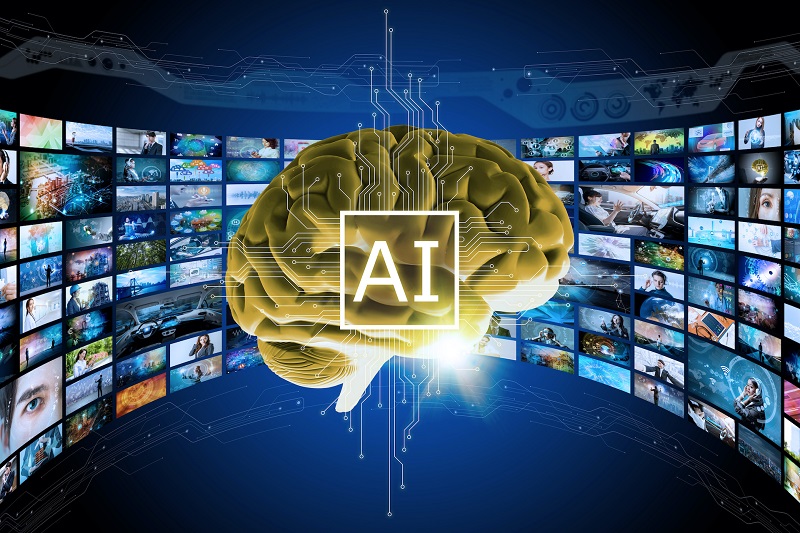The Rise of AI Video: Transforming the Way We Create and Consume Video Content

Over the past few years, the rise of artificial intelligence (AI) has transformed the way we create and consume video content. With the help of machine learning algorithms, AI video technology has become increasingly sophisticated, allowing creators to produce high-quality videos more quickly and efficiently than ever before. At the same time, AI video has also revolutionized how we consume video content, with personalized recommendations and interactive experiences becoming the norm.
One of the most significant benefits of AI video is its ability to automate many of the labor-intensive tasks involved in video production. This includes tasks such as transcribing, captioning, and editing, which were previously time-consuming and required much manual labor. With AI video technology, these tasks can be automated, allowing creators to produce high-quality videos more quickly and efficiently than ever before.
For example, AI video editing tools can analyze raw footage and automatically create a polished final product with transitions, sound effects, and other elements. This can save video editors much time and effort, allowing them to focus on more creative aspects of the production process. Similarly, AI-powered transcription and captioning tools can automatically generate accurate captions and subtitles for videos, making them more accessible to a wider audience.
In addition to making video production more efficient, AI video technology has transformed how we consume video content. One of the most significant changes has been the rise of personalized recommendations powered by machine-learning algorithms that analyze users’ viewing habits and preferences. This allows video platforms like YouTube and Netflix to recommend videos that are more likely to be of interest to each user, improving the overall viewing experience.
AI video technology has also led to more interactive and immersive video experiences. For example, virtual and augmented reality technologies allow users to immerse themselves in a video environment and interact with the content in new ways. This has opened up new possibilities for video content creators, who can now create more engaging and interactive experiences for their audiences.
However, there are also potential risks associated with the rise of AI video technology. One concern is the potential for these technologies to manipulate or deceive people. For example, deepfake technology can create convincing but fake videos, leading to concerns about spreading disinformation and fake news. Another concern is the potential for AI video technology to replace human workers, leading to job displacement and economic inequality.
Regulatory bodies worldwide need to establish clear ethical guidelines and regulations for developing and using AI video technology. This will require collaboration between industry leaders, policymakers, and experts in ethics and technology. Investing in research and development will also be important to ensure that these technologies are being developed responsibly and in a beneficial way.
The rise of AI video technology has transformed how we create and consume video content. By automating many of the labor-intensive tasks involved in video production, AI video technology has made it easier and more efficient for creators to produce high-quality videos. At the same time, AI video technology has led to more personalized recommendations and interactive and immersive experiences for viewers. However, there are also potential risks associated with these technologies, and it will be important to address these risks through ethical guidelines and responsible development practices.